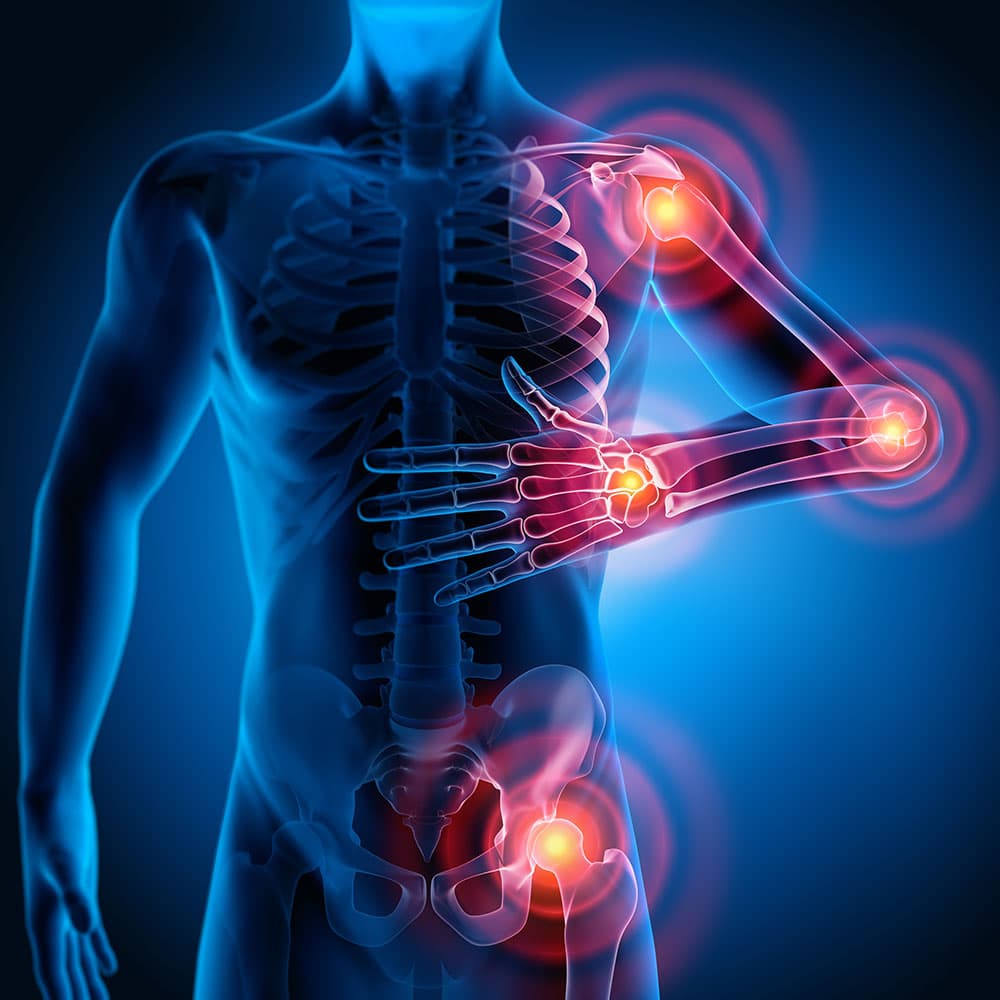“Arthritis is particularly a problem for children because their bones and joints are developing and growing,” says Dr. Michael Ombrello, who specializes in treating joint diseases at NIH.
There are many types of juvenile arthritis. “Juvenile idiopathic arthritis” is the most common. It’s a group of seven arthritic conditions.
Juvenile idiopathic arthritis can affect any joint in the body. But it frequently affects children’s knees and joints in the hands and feet.
Juvenile arthritis is usually an autoimmune disorder. That’s when the body’s immune system attacks some of its own healthy cells and tissues. This causes inflammation, the body’s response to injury and outside harm.
Scientists are studying the causes of juvenile arthritis. Right now, these aren’t well understood. A child’s genes can make them more likely to get arthritis. But something in their day-to-day life, such as a virus, may set off the condition.
Diagnosing juvenile arthritis can be tricky. Doctors may suspect arthritis if a child has joint pain or swelling that won’t go away. Symptoms can also include unexplained skin rashes or fever.
To diagnose juvenile arthritis, health care providers perform a physical exam. They may order lab or blood tests and X-rays. They’ll also ask about family health history.
Juvenile arthritis can take both a physical and emotional toll. Pain and fatigue can make doing schoolwork harder. Symptoms can make it tougher to take part in after-school or social activities.
Luckily, there have been major advances in treatment over the last two decades. A class of drugs called “biologics” has been very helpful for some children with severe arthritis.
“Biologics have really changed the face of juvenile arthritis,” Ombrello says. These drugs have helped many children avoid the most severe effects of the condition, he explains. Fewer children get to the point where they need crutches or wheelchairs.
Biologics can also help reduce the use of other medications. That includes drugs called corticosteroids. These reduce inflammation but can cause serious side effects when used long-term. Researchers are working to develop better drugs with fewer side effects.
Physical therapy can also be an important part of treatment. It helps reduce pain and maintain full movement of the joints.
“You want to try to help your child maintain activities to stay active and to not lose the use of their joints because of inactivity or pain,” Ombrello explains.
Caring for Kids With Juvenile Arthritis
- Get the best care possible. Find a specialist called a pediatric rheumatologist. Help your child follow the doctor’s instructions.
- Learn as much as you can about the disease and its treatment. What works for one child may not work for another.
- Encourage exercise and physical therapy. Ask your health care provider about the exercises and activities they recommend.
- Talk with your child. Let them know you’re there to listen and help in any way you can.
- Work closely with your child’s school. Educate teachers and classmates about the condition.
- Work with therapists or social workers. They can help your child adapt to the lifestyle changes juvenile arthritis may bring.




